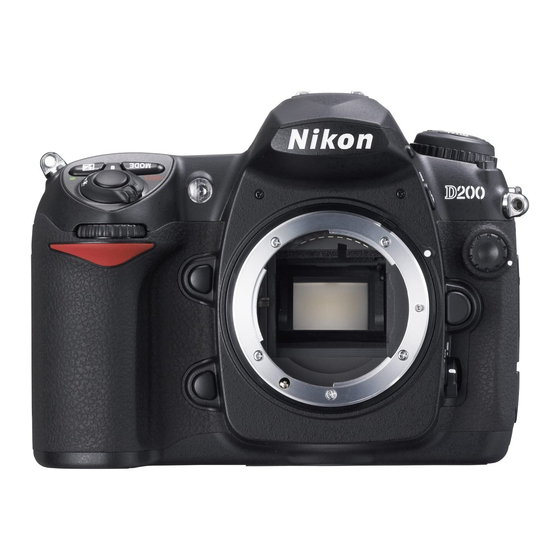Nikon D200 Operation Manual - Page 14
Browse online or download pdf Operation Manual for Camera Lens Nikon D200. Nikon D200 23 pages. Exploring
Also for Nikon D200: Brochure & Specs (13 pages), Brochure (7 pages), Setup Manual (2 pages), Brochure & Specs (18 pages), Brochure (14 pages), Specifications (2 pages), Features & Comparison Chart (1 pages), User Manual (19 pages), Specifications (2 pages), Quick Start Manual (2 pages), Manual (25 pages), Quick Start Manual (9 pages)

